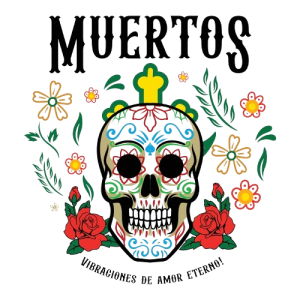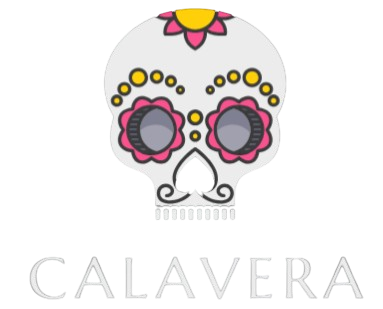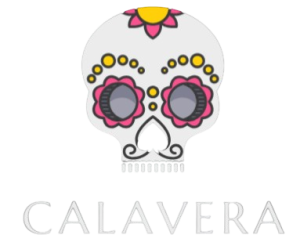About The Calavera!
In Mexico, a calavera is never just a skull. It is a mirror of history, a playful poem, a sweet offering, a painting that laughs at death, and a reminder that our ancestors walk beside us.
In the 19th century, illustrator José Guadalupe Posada turned the calavera into political satire. His engravings of skeletal figures mocked the rich and powerful, reminding them that in death, all are equal. His most famous creation, La Catrina, became an icon of Mexican identity.
At the same time, Literary Calaveras emerged witty, rhyming verses written in newspapers, imagining death coming for politicians, writers, and neighbors. These poems were sharp, humorous, and uniquely Mexican.
Today, the calavera is everywhere: in street murals, parades, artisan markets, fashion, tattoos, and film. It carries layers of meaning humor, rebellion, remembrance, pride.
To wear or display a calavera is not to celebrate death, but to affirm that life is brief, precious, and worth
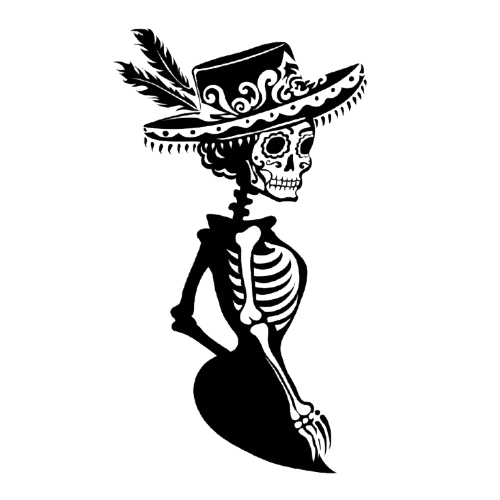

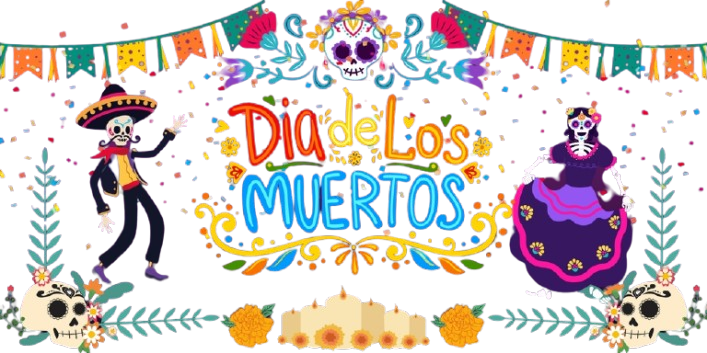

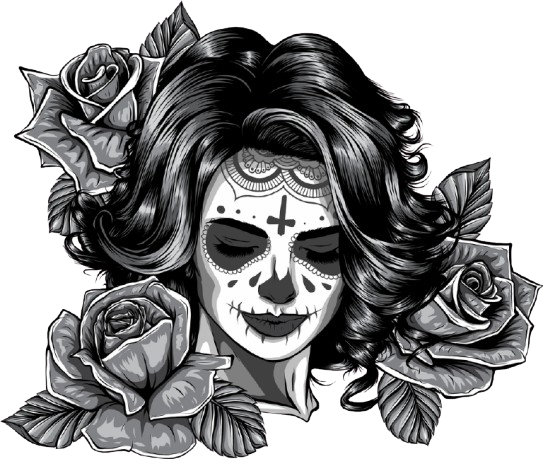
Ancient Symbol of Life and Death
The calavera’s roots go back to pre-Hispanic civilizations like the Mexica and Maya.
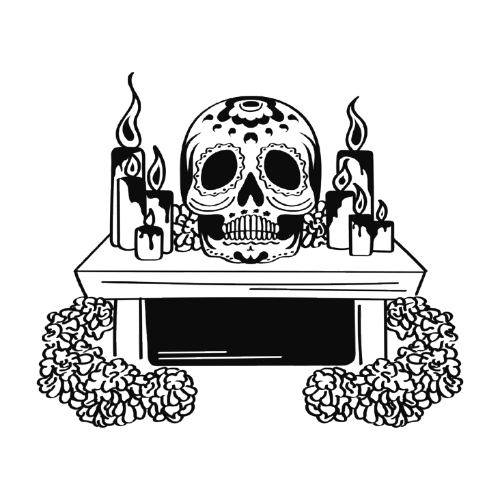
Fusion of Cultures
Indigenous rituals blended with Catholic traditions, and the calavera became central to Día de los Muertos
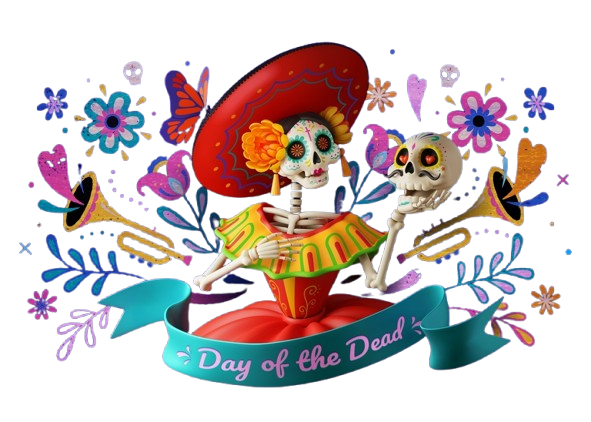
Satire and Resistance
La Catrina, and the playful calaveritas literarias mocked and reminded everyone of mortality’s equality.


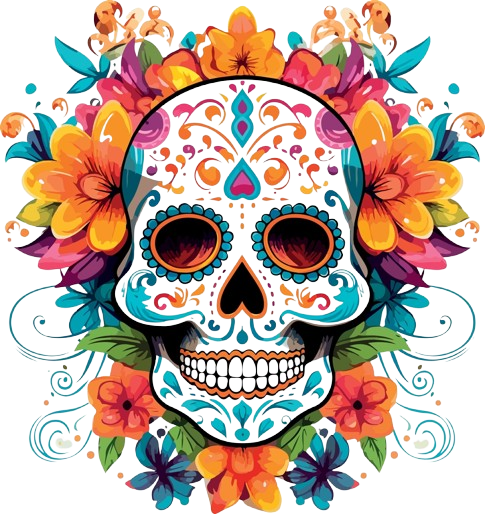
Living Cultural Icon
Today, calaveras transcend death imagery: they are painted on faces in festivals, carved into crafts, inked as tattoos.




Our Tradition
Let the Party Begin!
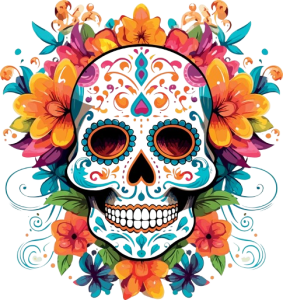
The Meaning of Calavera
Tell Stories of Tradition
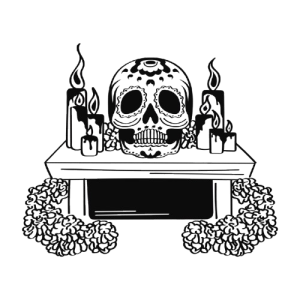
History & Origins
Keep Memory Alive
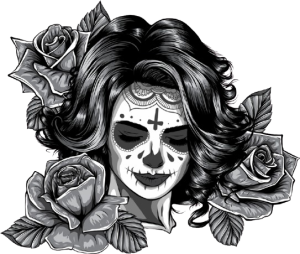
Literary Calaveras
Showcase Modern Creativity
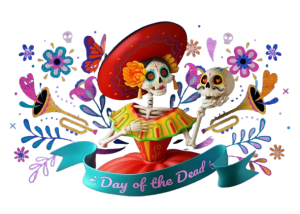
La Catrina – The Elegant Skull
Build a Cultural Community

Modern Expressions
Modern Expressions
